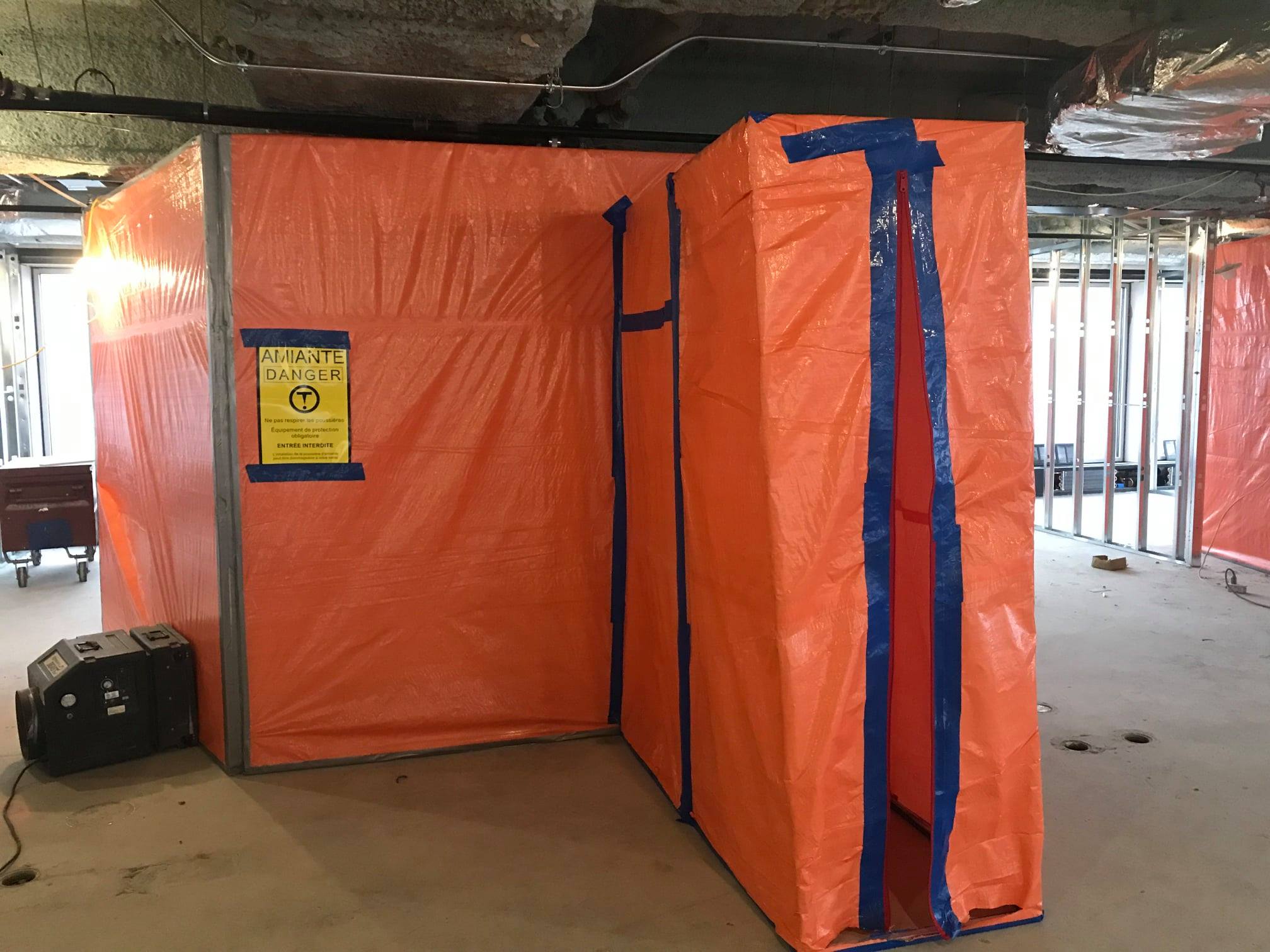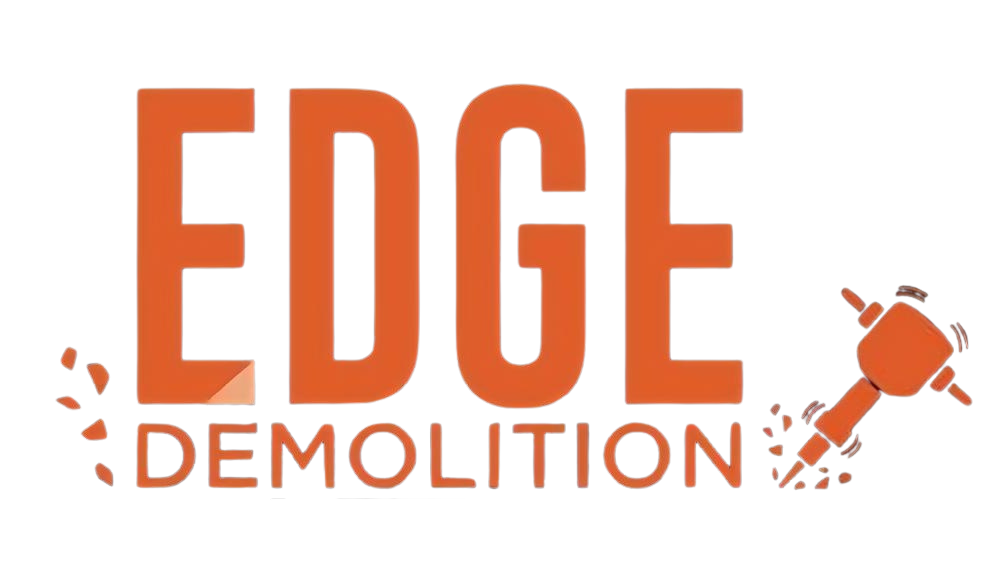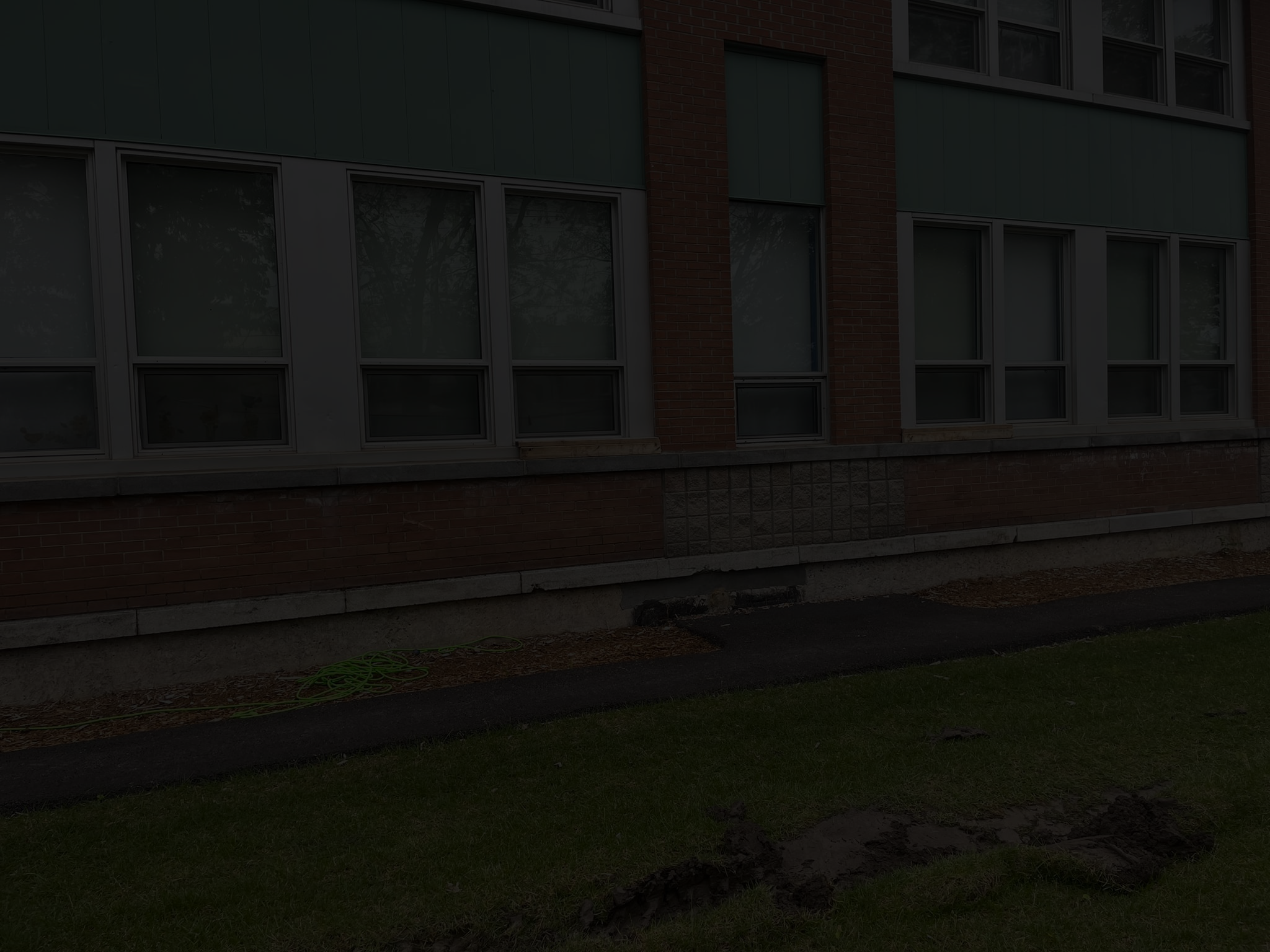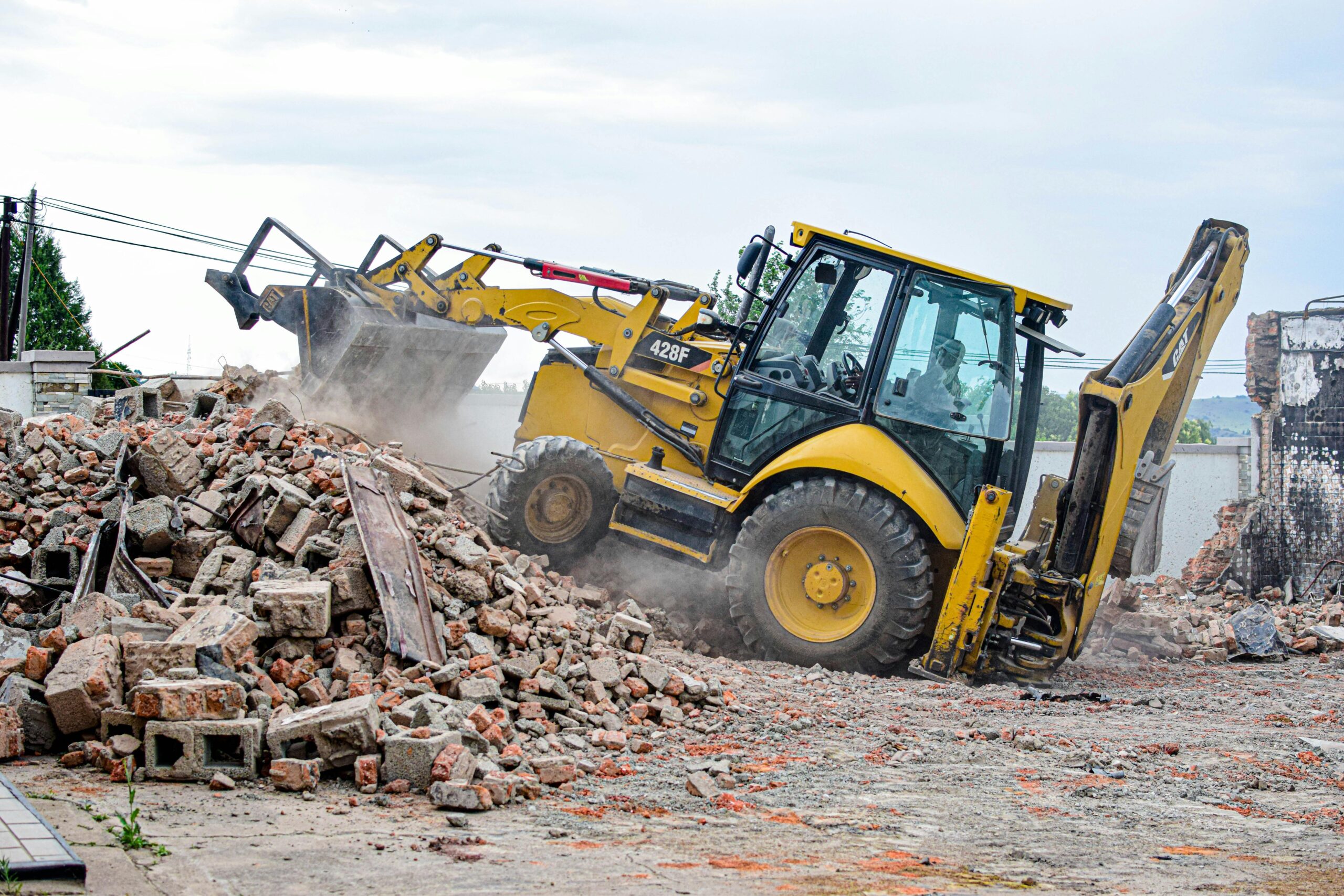
When most people think of demolition, they picture a wrecking ball or an excavator taking down a building. But in some cases, demolition is about much more than just clearing a space—it’s about creating a safe environment. Decontamination demolition is a highly specialized process that focuses on removing harmful substances like asbestos, lead, mold, and other hazardous materials from buildings before, during, or after demolition. It’s not just about breaking things down; it’s about cleaning up and making sure the space is safe for future use.
In this blog, we’ll explore the world of decontamination demolition—what it involves, why it’s critical, and how it’s helping to protect both people and the planet.
Why Decontamination is Essential in Demolition
Old buildings may hold more than just memories—they often contain harmful materials that pose serious health risks. In the past, substances like asbestos, lead-based paints, and even PCBs (polychlorinated biphenyls) were commonly used in construction. Today, we know that these materials are hazardous, causing everything from respiratory issues to life-threatening diseases like cancer. Unfortunately, many older buildings still contain these dangerous materials.
That’s where decontamination demolition comes in. Before a building can be safely demolished, it’s essential to remove or neutralize any hazardous substances. Failing to do so can release these materials into the air, water, or soil, where they can have long-lasting, harmful effects on the environment and people’s health.
The Hidden Dangers: What Needs to Be Removed?
Hazardous materials can lurk in many parts of a building, especially older structures. Here’s a look at some of the most common contaminants found in buildings and why they need to be removed with care:
Asbestos
Asbestos was widely used in construction because of its heat resistance and insulating properties. You’ll often find it in ceiling tiles, insulation, roofing materials, and even cement. However, once asbestos fibers become airborne, they pose a serious health risk. Inhaled fibers can get trapped in the lungs, leading to diseases like asbestosis, lung cancer, and mesothelioma. Removing asbestos before demolition is crucial to prevent it from contaminating the air and putting both workers and the surrounding community at risk.Lead-Based Paint
Many homes and commercial buildings built before 1978 still contain lead-based paint. When lead paint deteriorates, it can create lead dust, which is harmful when inhaled or ingested, especially to children. Lead poisoning can cause developmental issues, learning disabilities, and other serious health problems. Safe removal of lead-based paint before demolition prevents it from spreading into the environment.Mold
Mold might seem like a minor inconvenience, but in high concentrations, it can cause severe respiratory issues and allergic reactions. Buildings that have experienced water damage are especially prone to mold growth, and demolishing such structures without addressing the mold first can spread spores, potentially creating health hazards in the surrounding area. Mold remediation is a critical part of decontamination demolition.PCBs and Other Chemicals
In industrial buildings, decontamination often involves removing harmful chemicals such as PCBs, which were commonly used in electrical equipment and building materials. These chemicals can leach into soil and groundwater, causing long-term environmental damage. Proper removal and disposal ensure that these dangerous substances don’t pose a risk after demolition.
How Decontamination Demolition Works
The decontamination demolition process is more than just tearing things down. It’s a careful, step-by-step approach that ensures all hazardous materials are handled and disposed of properly. Here’s how it works:
Site Assessment
Before any demolition begins, a thorough site assessment is conducted. This involves testing the building for hazardous materials, including asbestos, lead, mold, and other contaminants. Specialized professionals are brought in to identify potential dangers and create a plan for safe removal.Containment
Once hazardous materials have been identified, the next step is containment. In many cases, the contaminated areas of the building will be sealed off to prevent the spread of dangerous particles. Workers use protective gear and specialized equipment to handle these substances, ensuring that they are not released into the air or water supply.Careful Removal
Removing hazardous materials is a delicate process that requires specialized skills. Asbestos, for example, must be carefully wet down to prevent fibers from becoming airborne, and then removed in sections by certified professionals. Lead-based paint might need to be stripped from walls, and mold-infested areas may require controlled demolition to ensure spores are not spread. Every step of the process is designed to minimize risk to workers and the environment.Safe Disposal
Once hazardous materials have been removed, they must be properly disposed of. This often involves transporting them to specialized facilities that can safely handle and neutralize dangerous substances. For example, asbestos and lead-based materials cannot be simply thrown in the trash; they need to be taken to certified disposal sites that follow strict environmental guidelines.Final Demolition
Only after all hazardous materials have been safely removed can the actual demolition of the building take place. By this point, the structure is free of contaminants, allowing for a safe and efficient teardown. Even during this final phase, precautions are taken to ensure that dust and debris are kept under control to prevent environmental contamination.
The Importance of Choosing the Right Demolition Partner
Decontamination demolition is a complex and highly regulated process. Not every demolition company is equipped to handle the safe removal of hazardous materials. That’s why it’s crucial to choose a demolition partner with experience in decontamination and remediation. Look for companies that are licensed and certified to handle hazardous materials, and that follow strict safety protocols.
A responsible demolition contractor will not only ensure that your site is free of contaminants but will also help you navigate local regulations. In many regions, the removal of asbestos, lead, and other hazardous substances is closely regulated, and failing to comply with these laws can result in fines or project delays.
Decontamination and the Environment: A Cleaner Future
Beyond protecting people, decontamination demolition also plays a vital role in safeguarding the environment. Without proper decontamination, harmful substances can leach into the soil and water supply, causing long-term ecological damage. For example, asbestos fibers can remain in the soil for decades, posing a risk to anyone who disturbs the area in the future. Similarly, lead paint particles can enter the groundwater, leading to contamination of drinking water sources.
By ensuring that hazardous materials are safely removed and disposed of, decontamination demolition helps create a cleaner, healthier environment for everyone. It’s about doing the right thing—not just for the current occupants of the building but for future generations.
The Future of Decontamination in Demolition
As our understanding of hazardous materials continues to grow, so too do the methods for safely removing them. New technologies such as robotic demolition tools and advanced air filtration systems are making decontamination faster, safer, and more efficient than ever before. In the future, we may even see smart demolition equipment capable of detecting and removing contaminants autonomously, reducing the risk to human workers.
Additionally, sustainable practices are becoming more prevalent in the decontamination process. For example, companies are finding ways to recycle hazardous materials in a safe manner, reducing waste and further minimizing environmental impact. The focus is shifting from simply getting rid of contaminants to finding innovative ways to repurpose or neutralize them.





